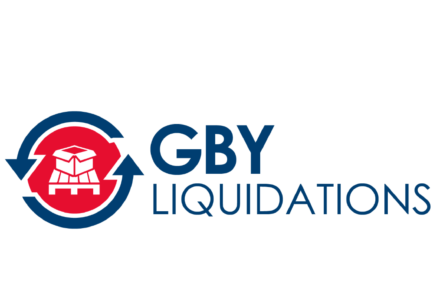What Are Liquidations, Closeouts, and Overstocks?
Understanding the concepts of liquidations, closeouts, and overstocks is crucial for businesses and consumers alike. Each term refers to different scenarios where inventory is managed and sold at discounted rates, but they have distinct definitions and implications.
Liquidations involve the process of selling off assets, often at significantly reduced prices, to quickly generate cash. This is commonly seen in scenarios where a company is going out of business, restructuring, or needs to clear out old inventory rapidly. The primary goal of liquidation is to convert assets into cash, enabling the company to pay off debts or reinvest in other areas.
Closeouts, while similar to liquidations, usually pertain to end-of-season items, discontinued products, or merchandise that a retailer wants to clear out to make room for new stock. Closeouts are typically planned and cyclical, occurring at the end of a product’s life cycle or seasonal period. Retailers use closeouts to manage inventory levels efficiently and ensure that new collections or products can be introduced without overburdening storage capacity.
Overstocks refer to excess inventory that was ordered or produced beyond what was sold or needed. This situation often arises from overestimation of demand, market changes, or economic downturns. Overstocked items are not necessarily outdated or obsolete; they are simply surplus goods that need to be sold to free up space and capital.
Several reasons can lead to companies finding themselves with liquidations, closeouts, or overstocks. Overestimation of consumer demand is a common cause, where businesses anticipate higher sales than what actually occurs. Market changes, such as shifts in consumer preferences or the introduction of new technologies, can also render certain products less desirable. Economic downturns may force companies to downsize or restructure, leading to an urgent need to clear out inventory. In each case, the methods of dealing with excess or unwanted inventory differ, but the underlying goal remains the same: to optimize resources and maintain financial stability.
Opportunities and Challenges of Buying Liquidations, Closeouts, and Overstocks
Purchasing items from liquidations, closeouts, and overstocks can present a myriad of opportunities for various buyers, including resellers, small business owners, and bargain hunters. One of the most significant advantages is the potential to acquire high-quality goods at substantially reduced prices. These reduced costs can enable resellers to achieve higher profit margins, small business owners to lower their operational expenses, and individual buyers to find exceptional deals on products they need or desire.
Reliable sources for these discounted goods include auctions, liquidation sales, and specialized websites. Auctions can offer a diverse array of products, often sold in bulk, which can be particularly advantageous for businesses looking to stock up at reduced rates. Liquidation sales, typically held by companies looking to clear excess stock or closeout inventory, provide another avenue for acquiring goods at a fraction of their original price. Specialized websites and online marketplaces focusing on liquidations and overstocks offer a convenient platform for buyers to browse and purchase items from the comfort of their own homes.
However, buying from liquidations, closeouts, and overstocks comes with its set of challenges. One major concern is the variability in product quality. Items sold through these channels may range from brand new to slightly damaged or even obsolete. Additionally, the lack of warranties or guarantees can pose a significant risk, as buyers may end up with non-functional or unsellable products. Another challenge is the potential for damaged goods, which can result from improper handling or storage during the liquidation process.
To navigate these challenges effectively, it is crucial for buyers to conduct thorough research. Understanding the source and condition of the goods before purchase can mitigate risks. Familiarizing oneself with the return policies of sellers is also essential, as it provides a safety net in case the products do not meet expectations. Building relationships with reputable sellers can further enhance the buying experience, ensuring a steady supply of quality goods. By implementing these strategies, buyers can maximize the benefits while minimizing the risks associated with purchasing from liquidations, closeouts, and overstocks.

0 Comments